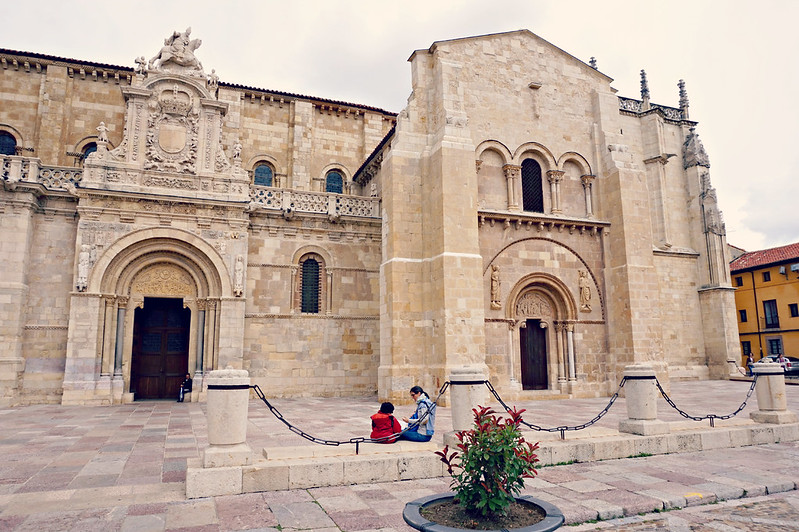
Fernando I, o Rei de Leão consagrou esta igreja no século XI. A sua fachada de estilo românico tem na sua porta alguns elementos que ajudam a contar a sua história como por exemplo a porta do Cordeiro por onde entramos para conhecer a igreja tem do lado esquerdo uma escultura de S. Isidoro e do lado direito uma de Pelayo a quem originalmente estava dedicada. Passando a porta entramos num mundo de tranquilidade que nos acompanhou também na visita ao Panteão e ao Museu.
Fernando I, the Lion King consecrated this church in the eleventh century. The façade of the Romanesque style has on it's door some elements that help tell its story such as Lamb's door through which we enter to know the church has on the left a sculpture of St. Isidore and the right side a Pelayo to whom it was originally dedicated. Passing the door we enter a world of tranquility that accompanied us also the visit to the Pantheon and the Museum.
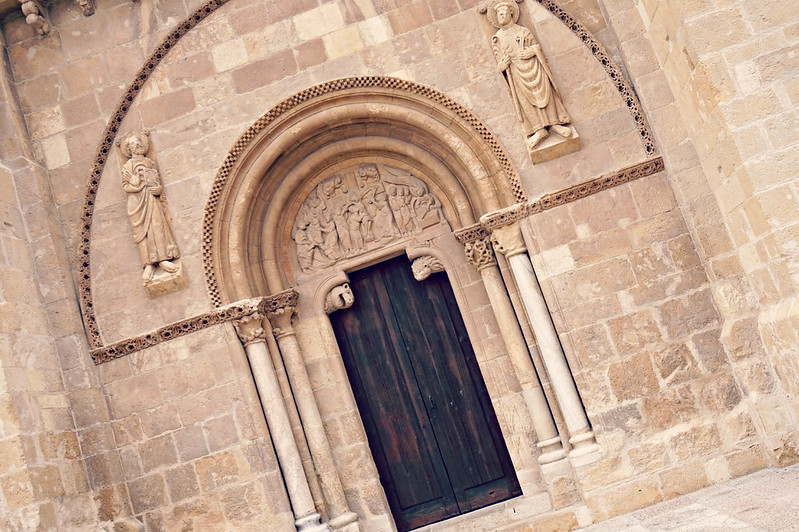
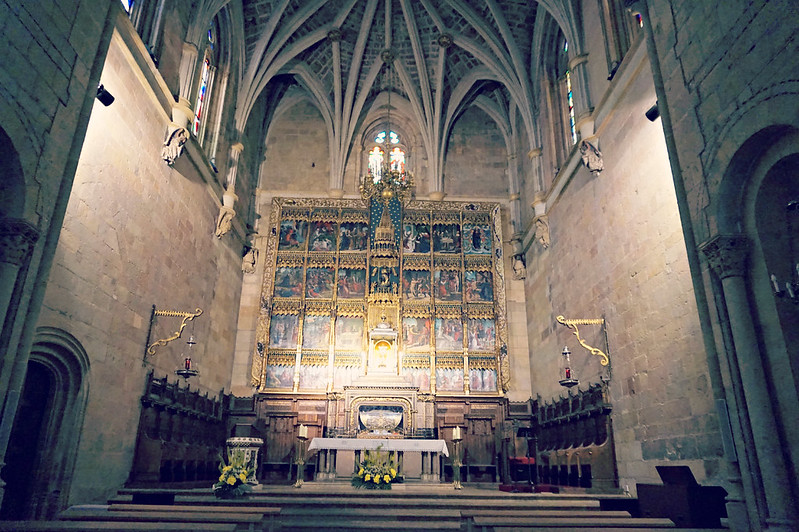
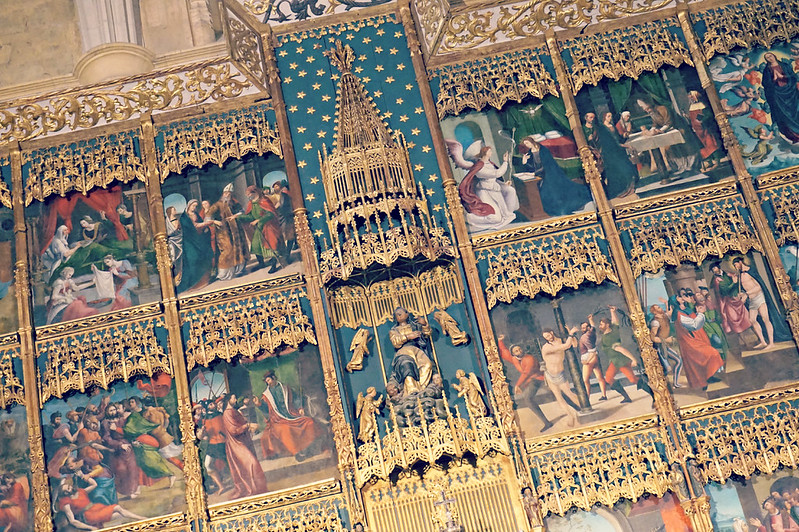
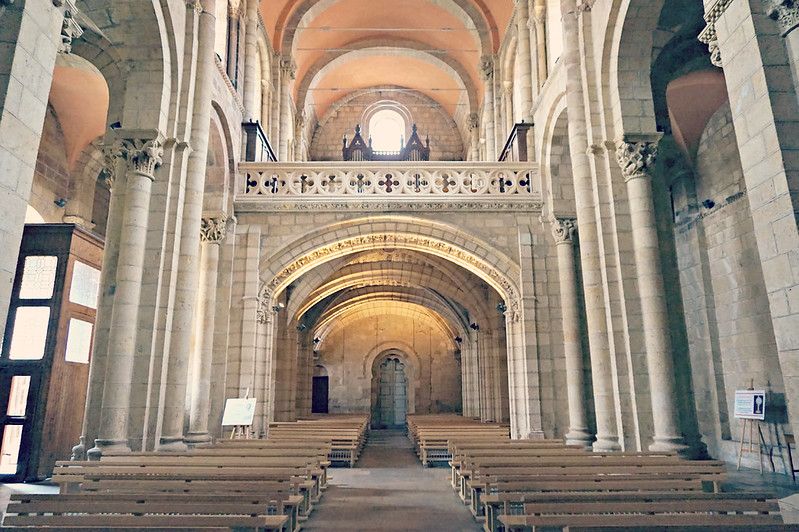
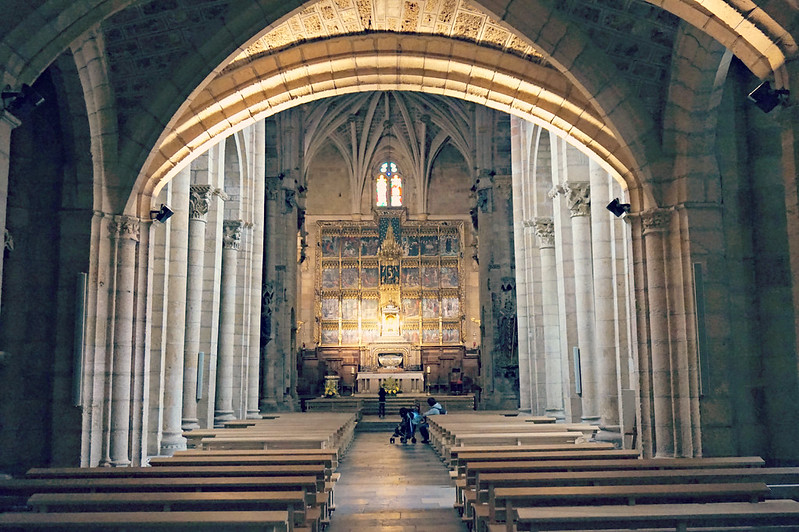
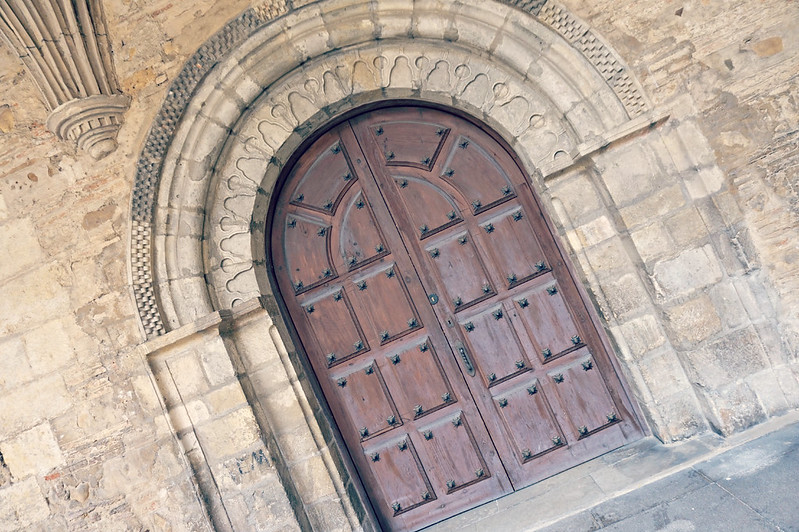
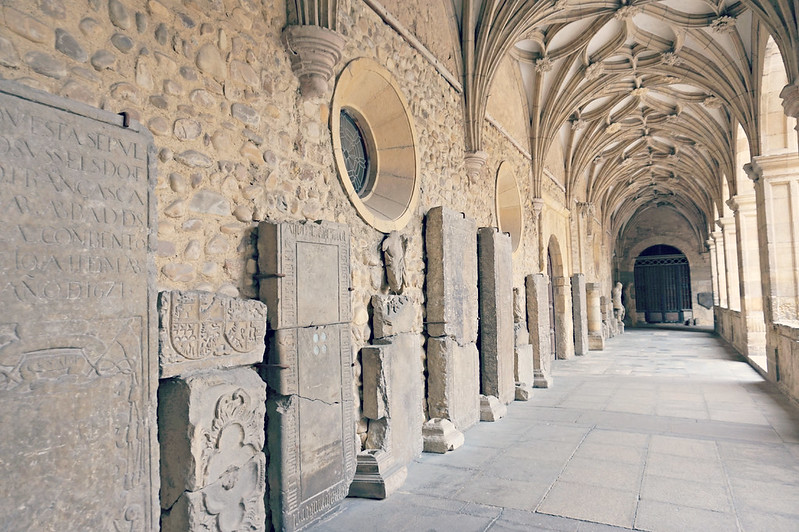
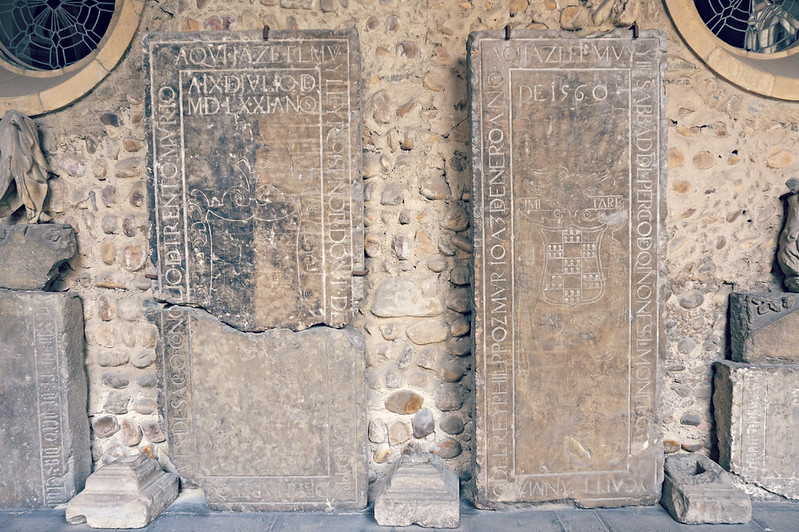


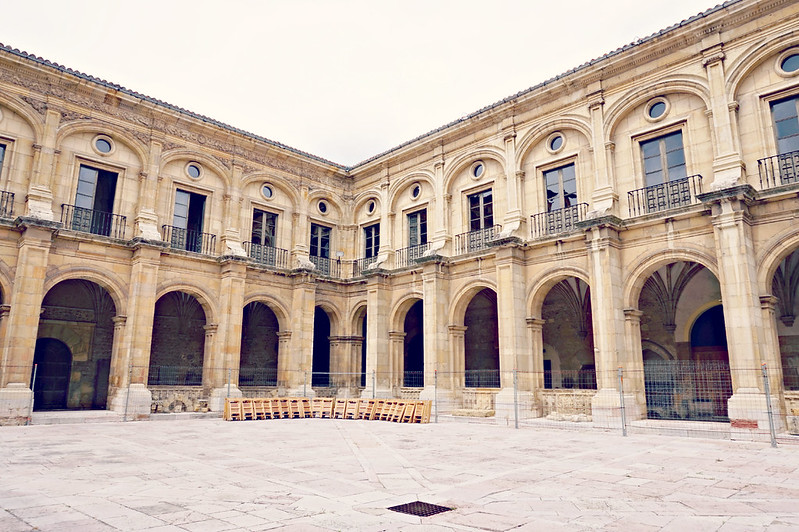
Website: http://www.museosanisidorodeleon.com/
Morada: Plaza San Isidoro 4

A capela maior remodelada em XVI obra de Juan de Badajoz o Viejo e marcam a mudança de um estilo românico utilizado por D. Urraca (filha de D. Fernando) para o estilo gótico da época onde também se destaca a abóbada em cruzaria. O elaborado retablo foi colocado aqui em 1920 e conta a vida da Virgem, do Santo Tomás e a Paixão de Cristo. É visita obrigatória o Museu e o Panteão Nacional dos Reis de Leão onde podemos ver as (pequenas) campas de D. Fernando, D. Sancha sua mulher e a sua filha D. Urraca de Zamora para além de outros monarcas do Reino de Leão. Tudo isto sem tirar os olhos do tecto onde podemos encontrar frescos bem conservados (e por isso não se pode tirar fotografías) sendo considerada a capela sistina do estilo românico.
Na nossa visita destaca-se ainda a Sala do Cálice, há alguma especulação de que contém algumas peças do Santo Graal o que dizem os historiadores é que se trata de um Cálice que pertencia a D. Urraca - ver link de Wikipedia.
The main chapel remodeled in sixteenth work of Juan de Badajoz the Viejo and mark the change of a Romanesque style used by Urraca (daughter of Ferdinand) to the Gothic style of the time which also highlights the crossed vault. The elaborate altarpiece was placed here in 1920 and tells the story of the Virgin, of St. Thomas and the Passion of Christ. You must visit the Museum and the National Pantheon of Kings of Leon where we can see the (small) graves of Ferdinand, D. Sancha his wife and his daughter Urraca of Zamora apart from other Lion Kingdom monarchs. all this without taking his eyes from the ceiling where we can find well preserved frescoes (and therefore can not take photographs) is considered the Sistine chapel of the Romanesque style.
On our visit still stands out the Chalice room, there is some speculation that it might be made with parts of the holy grail what historians say is that this is a chalice that belonged to D. Urraca - see Wikipedia link.
On our visit still stands out the Chalice room, there is some speculation that it might be made with parts of the holy grail what historians say is that this is a chalice that belonged to D. Urraca - see Wikipedia link.










Website: http://www.museosanisidorodeleon.com/
Morada: Plaza San Isidoro 4
Our guide of:

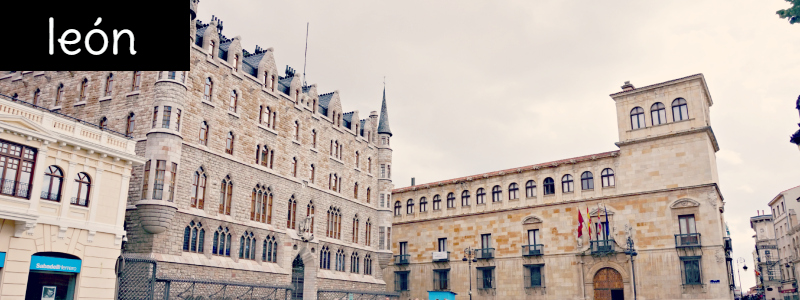
Sem comentários:
Enviar um comentário